Global Electronic Display Market - Comprehensive Data-Driven Market Analysis & Strategic Outlook
The global electronic display market will keep reinventing the face of visual communication, impacting how information, entertainment, and advertising will be consumed across sectors. The market will break beyond traditional norms as digital innovation will compel companies to invest in new ways of interacting through screens. The sector will not only depend on technology progress but also be transformed by user behaviour, looks, and power efficiency, which will reorient the manner in which displays will become part of day-to-day settings.
- Global electronic display market valued at approximately USD 177.9 Billion in 2025, growing at a CAGR of around 3.6% through 2032, with potential to exceed USD 227.9 Billion.
- LCD account for nearly 39.3% market revenues, driving innovation and expanding applications through intense research.
- Key trends driving growth: Growing demand for high-resolution displays in smartphones, TVs, and signage., Increasing adoption of digital advertising and smart display technologies.
- Opportunities include Rising integration of flexible and transparent displays in automotive and wearable devices.
- Key insight: The market is set to grow exponentially in value over the next decade, highlighting significant growth opportunities.
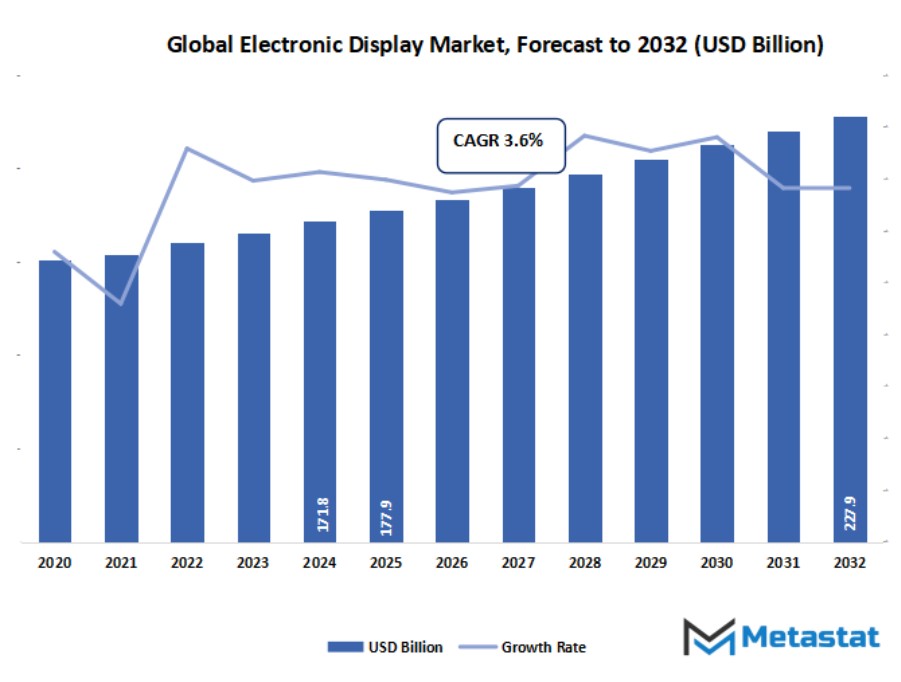
How will the fast integration of virtual interfaces redefine the manner customers engage with information and types? Could emerging display technology disrupt conventional markets and reshape international communication channels? As innovation quickens, what uncertainties may get up in balancing overall performance, sustainability, and person experience in the global electronic display market?
Over the next few years, the global electronic display market will see a focus on personalization and flexibility increase. Displays will be created that will fit in more easily with the user's surroundings be it in public signage, cars, or wearables. The evolution from passive displays to smart, interactive surfaces will allow for more engaging experiences. Artificial intelligence and sensor technologies will probably further accelerate this process, developing displays that will react naturally to human gestures and environmental stimuli.
In addition, sustainability will be a hallmark of the direction of the industry. Manufacturers will increasingly implement environmentally friendly production processes and recyclable materials in order to achieve international environmental benchmarks. This emphasis would not only cover regulatory requirements but also impact consumer behaviour, such that display products become more responsible and forward-looking.
Market Segmentation Analysis
The global electronic display market is mainly classified based on Technology, Application, End use.
By Technology is further segmented into:
- LCD: The global electronic display market will preserve to have LCD technology as a trusted and prominent preference because of its value-effectiveness and uniform visible clarity. As demand for monitors, televisions, and smartphones increases, LCD displays will still be prominent each in industrial and character use, main to ongoing production and worldwide utility.
- LED: The market will see significant improvement thru LED era due to its high brightness, energy efficiency, and long lifestyles. With public and industrial spaces shifting in the direction of green lights and show systems, LED panels will lead both outside and indoor installations within the future years.
- OLED: The market is set to witness robust increase in OLED generation because of its bendy shape, lightweight, and better comparison tiers. Displays of the future will more and more rely upon OLED panels for excessive-stop gadgets, wearable technology, and comfort televisions, presenting better color replication and decrease electricity utilization.
- Others: The global electronic display market will embody new technologies beyond contemporary displays, which includes quantum dot and microLED structures. These will provide progressed image overall performance and increased efficiency, attracting producers seeking innovation and purchasers looking for subsequent-era show performance.
By Application the market is divided into:
- Consumer Electronics: The global electronic display market will gain from increasing call for in smartphones, pills, and tv units. Screens might be thinner, sharper, and more interactive as technology improves, leading to better consumer reports and new standards in portable and entertainment devices.
- Digital Signage: The market will develop with the adoption of virtual signage in airports, shops, and public spaces. The improved software of smart advertising and real-time facts presentation will compel digital signage to be a necessity in communication and marketing strategies globally.
- Automotive Display: The market will evolve with developing in-automobile show machine adoption. Next-generation automobiles will function high-definition dashboards, infotainment systems, and rear-seat entertainment monitors to decorate safety, comfort, and navigation.
- Others: The global electronic display market will further pass past commercial manage structures, mastering devices, and clever domestic home equipment. These fields will rent advanced shows to maximise statistics visibility, encourage interactivity, and decorate day-to-day operational efficiency.
By End use the market is further divided into:
- Retail: The global electronic display market will increase in retail industries through interactive product displays and digital advertising. The future of retail environments will rely upon dynamic visible conversation to engage customers and supply them real-time product facts.
- Entertainment: The market will beautify its role in entertainment with immersive screens, digital worlds, and high-definition projector structures. Progress in resolution and image processing will reconfigure visible amusement in theaters, gaming, and stay events.
- Corporate: The market will enjoy developing deployment in corporate environments for conversation, presentation, and information evaluation. High-tech virtual displays will replacement traditional forums, enabling short collaboration and powerful statistics trade in workplaces and convention facilities.
- Healthcare: The market will revolutionize healthcare with advanced imaging era, patient tracking displays, and diagnostic displays. Enhanced picture resolution and stay visualization will contribute to correct medical assessments and progressed healthcare delivery.
- Government: The global electronic display market will see more applications in government buildings for control rooms, surveillance monitoring, and information broadcasting. Coming systems will emphasize high security, reliability, and accessibility to efficiently handle public information.
|
Forecast Period |
2025-2032 |
|
Market Size in 2025 |
$177.9 Billion |
|
Market Size by 2032 |
$227.9 Billion |
|
Growth Rate from 2025 to 2032 |
3.6% |
|
Base Year |
2024 |
|
Regions Covered |
North America, Europe, Asia-Pacific, South America, Middle East & Africa |
Geographic Dynamics
Based on geography, the global electronic display market is divided into North America, Europe, Asia-Pacific, South America, and Middle East & Africa. North America is further divided in the U.S., Canada, and Mexico, whereas Europe consists of the UK, Germany, France, Italy, and Rest of Europe. Asia-Pacific is segmented into India, China, Japan, South Korea, and Rest of Asia-Pacific. The South America region includes Brazil, Argentina, and the Rest of South America, while the Middle East & Africa is categorized into GCC Countries, Egypt, South Africa, and Rest of Middle East & Africa.
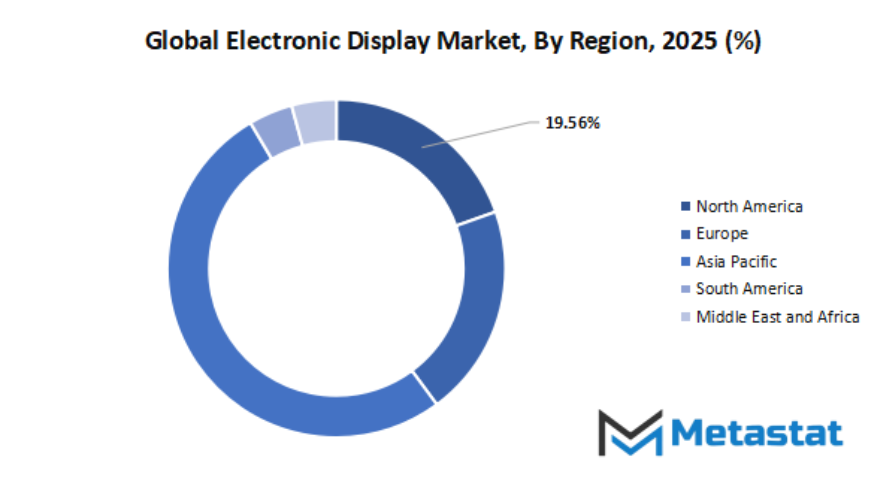
Competitive Landscape & Strategic Insights
The global electronic display market has seen phenomenal growth over the years, fueled by ongoing improvements in technology and the increasing demand for smart, interactive, and visually stunning display solutions. The displays have become a necessary component of life these days, making it into smartphones, televisions, cars, and digital signs. With lifestyles increasingly more virtual, consumers and corporations are looking for displays that deliver better photo first-class, more decision, and extra power performance. The growing demand will more and more force makers to innovate and redefine the way humans engage with era on an everyday basis.
The market presently is a nicely-balanced blend of worldwide leaders and local emerging gamers competing to establish an extra presence inside the marketplace. Major gamers like Acer Inc., Apple Inc., ASUSTeK Computer Inc., Dell Technologies Inc., Samsung Electronics, LG Electronics, Sony Corporation, and HP Inc. Have been leaders for a long time, riding show generation in a selected path with normal enhancements and design enhancement. In addition to these leaders, businesses together with Chuwi Innovation Technology Co., Ltd, Dynabook Inc., and Framework Computer Inc. Are presenting innovative answers addressing particular marketplace demands, rendering the opposition dynamic and varied.
Technology alliances and partnerships have been key in expanding the boundaries of display performance. Intel Corporation, for instance, as a principal hardware partner to a number of manufacturers, makes contributions to processing power as well as display efficiency. In the same way, Microsoft Corporation and Google LLC (Chromebook segment) remain instrumental in shaping the market using software integration and hardware optimization. The combination of hardware development and software support has resulted in smarter, faster, and more responsive display systems that match the standards of contemporary users.
With rising technologies together with OLED, MicroLED, and quantum dot presentations picking up steam, the market is seeing a move in the direction of advanced shade accuracy, decreased thickness, and more power control. Companies like Panasonic Corporation, Toshiba Corporation, ViewSonic Corporation, MSI, Razer Inc., and Xiaomi Corporation are placing sizable quantities of money into studies and development to stay competitive and applicable in this rapidly evolving marketplace. These improvements will now not handiest reshape amusement reports but additionally develop using digital presentations in healthcare, car, education, and retail markets.
To sum up, the global electronic display market is being converted by way of a mix of innovation, strategic partnership, and fierce opposition among each regional and worldwide players. With companies such as Lenovo Group Ltd., VAIO Corporation, Gigabyte Technology, Fujitsu Limited, Origin PC, Yara International, and Valmont Industries making contributions towards its growth, the market will shape up in the days to come with new possibilities awaiting. With displays technology becoming increasingly sophisticated and affordable, the future of electronic displays will be about intelligent design, eco-friendliness, and effortless human-technology connectivity.
Market Risks & Opportunities
Restraints & Challenges:
- Exorbitant expenses of producing and maintenance of superior show panels: Manufacturing of superior display panels inside the global electronic display market would require hefty technology, equipment, and exertions investments. With ongoing innovation, producers will continually be underneath the pressure of non-stop economic outlay to sustain product first-class together with minimal prices. Frequent enhancements and complex upkeep necessities can even upload cost, posing hurdles for small firms to match up. With time, the price intensity will effect pricing strategies and earnings margins and determine the increase sample of the marketplace.
- Limited lifespan and burn-in problems in OLED and related technologies: OLED and related show technology will persist in tormented by overall performance limitations, specifically in phrases of durability and lengthy-time period use. Burn-in outcomes, with the aid of which pix completely leave marks at the display, will discourage adoption in programs that need consistent show operation. Moreover, decreased lifespans in relation to traditional technologies will affect commercial reliability and customer self assurance. These will set off researchers to enhance substances and shrewd usage algorithms to maximize lifespan and decrease photo retention problems in upcoming gadgets inside the market.
Opportunities:
- Increased adoption of bendy and transparent displays in automobile and wearable products: The market will witness extraordinary opportunities with the growing utility of flexible and obvious displays. The motor car agencies will use those innovative shows more and more in dashboards, mirrors, and amusement systems to enhance person enjoy.
Forecast & Future Outlook
- Short-Term (1–2 Years): Recovery from COVID-19 disruptions with renewed testing demand as healthcare providers emphasize metabolic risk monitoring.
- Mid-Term (3–5 Years): Greater automation and multiplex assay adoption improve throughput and cost efficiency, increasing clinical adoption.
- Long-Term (6–10 Years): Potential integration into routine metabolic screening programs globally, supported by replacement of conventional tests with advanced biomarker panels.
Market size is forecast to rise from USD 177.9 Billion in 2025 to over USD 227.9 Billion by 2032. Electronic Display will maintain dominance but face growing competition from emerging formats.
As connectivity and smart infrastructure will continue to grow, the market will transcend the role of a visual tool it will be an integrated communication system that ties data, devices, and humans in unbroken harmony. The market will not just show information but narrate, influence, and transform spaces and will mark the next chapter of human-digital interaction worldwide.
Report Coverage
This research report categorizes the global electronic display market based on various segments and regions, forecasts revenue growth, and analyzes trends in each submarket. The report analyses the key growth drivers, opportunities, and challenges influencing the global electronic display market. Recent market developments and competitive strategies such as expansion, type launch, development, partnership, merger, and acquisition have been included to draw the competitive landscape in the market. The report strategically identifies and profiles the key market players and analyses their core competencies in each sub-segment of the global electronic display market.
Electronic Display Market Key Segments:
By Technology
- LCD
- LED
- OLED
- Others
By Application
- Consumer Electronics
- Digital Signage
- Automotive Display
- Others
By End use
- Retail
- Entertainment
- Corporate
- Healthcare
- Government
Key Global Electronic Display Industry Players
- Acer Inc.
- Apple Inc.
- ASUSTeK Computer Inc.
- Chuwi Innovation Technology Co., Ltd
- Dell Technologies Inc.
- Dynabook Inc.
- EVGA Corporation
- Framework Computer Inc.
- Fujitsu Limited
- Gigabyte Technology
- Google LLC (Chromebook segment)
- Hewlett Packard Enterprise Development LP
- HP Inc.
- Huawei Technologies Co., Ltd.
- Intel Corporation (hardware partner)
- Lenovo Group Ltd.
- LG Electronics
- Microsoft Corporation
- MSI (Micro-Star International)
- Origin PC
- Panasonic Corporation
- Razer Inc.
- Samsung Electronics
- Sony Corporation
- Toshiba Corporation
- VAIO Corporation
- ViewSonic Corporation
- Xiaomi Corporation
WHAT REPORT PROVIDES
- Full in-depth analysis of the parent Industry
- Important changes in market and its dynamics
- Segmentation details of the market
- Former, on-going, and projected market analysis in terms of volume and value
- Assessment of niche industry developments
- Market share analysis
- Key strategies of major players
- Emerging segments and regional growth potential



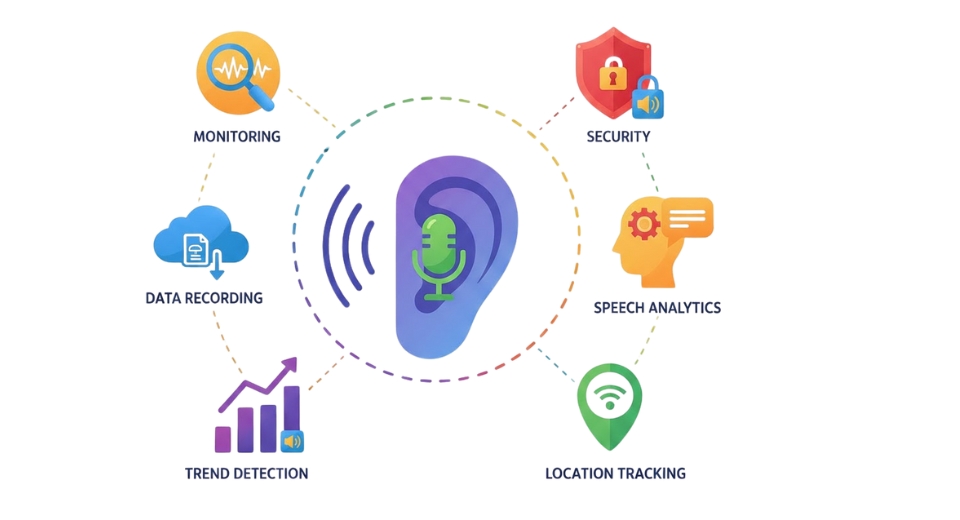
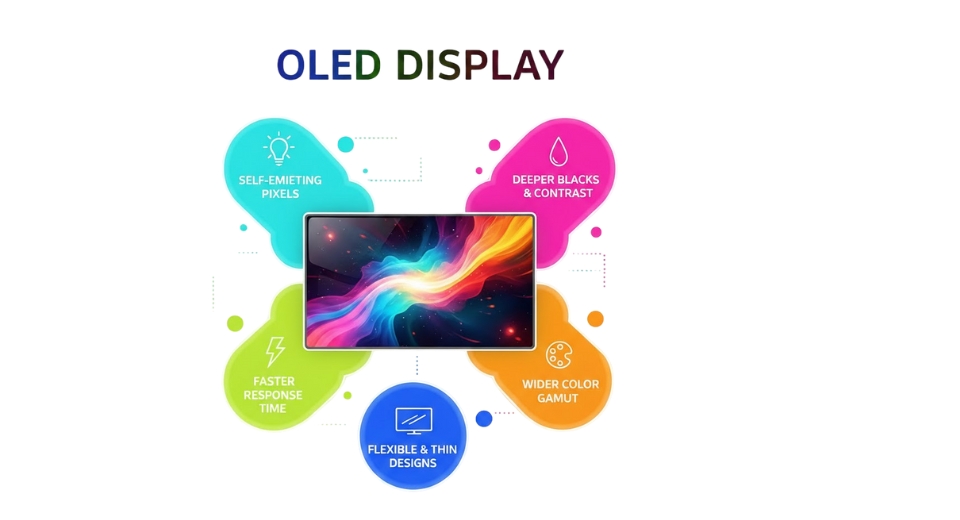
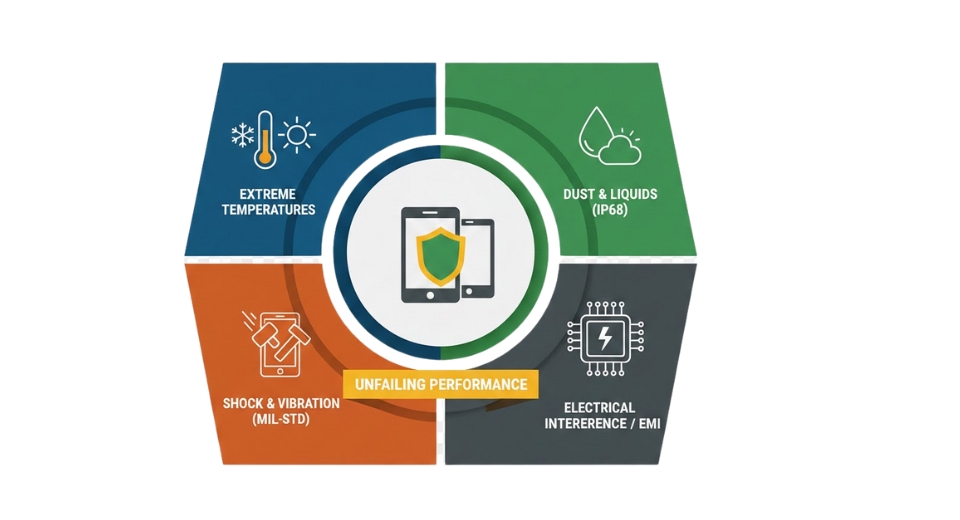


 US: +1 3023308252
US: +1 3023308252






